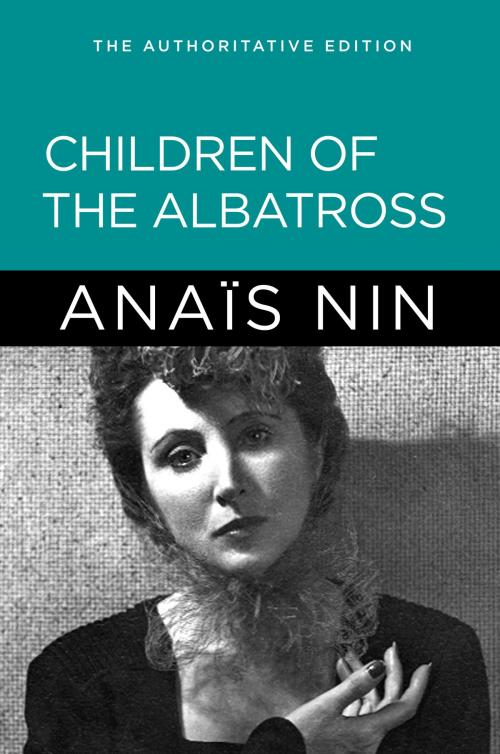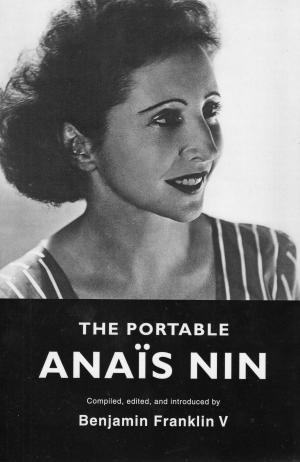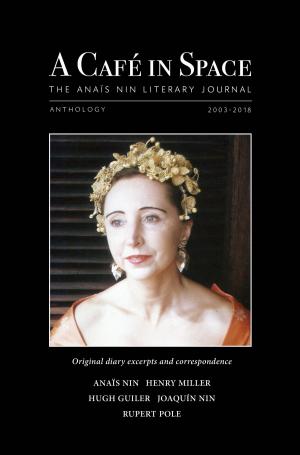| Author: | Anais Nin | ISBN: | 9781452492575 |
| Publisher: | Sky Blue Press LLC | Publication: | February 26, 2012 |
| Imprint: | Smashwords Edition | Language: | English |
| Author: | Anais Nin |
| ISBN: | 9781452492575 |
| Publisher: | Sky Blue Press LLC |
| Publication: | February 26, 2012 |
| Imprint: | Smashwords Edition |
| Language: | English |
Children of the Albatross is considered by critics to be one of Anaïs Nin’s most beautifully written books; it is also a groundbreaker in that it eloquently addresses androgyny and homosexuality, which few literary works dared to do in 1940s America. We are introduced to three of Nin’s most significant characters: Djuna, Lillian, and Sabina, all of whom represent different aspects of Nin’s character—serenity, earthiness, and the femme fatale, respectively.
In the first part of the novel, “The Sealed Room,” we witness Djuna’s developing perception of sexuality as we follow her from when, as an adolescent, she has learned to fear powerful, masculine, potent men, to her search for love in young, sexually ambivalent men—the “transparent children”—finally fusing with an airy teenage boy to whom she introduces the world of love and sexuality.
In the second part, “The Café,” Nin reveals the psychological truth of her relationship with her lover and mentor, Henry Miller, via her main characters’ interactions with the powerful, omnipotent Jay, whom Nin fashioned after Miller.
Children of the Albatross offers the reader Anaïs Nin’s sense of “inner reality” perhaps more beautifully and effectively than in any other work.
Children of the Albatross is considered by critics to be one of Anaïs Nin’s most beautifully written books; it is also a groundbreaker in that it eloquently addresses androgyny and homosexuality, which few literary works dared to do in 1940s America. We are introduced to three of Nin’s most significant characters: Djuna, Lillian, and Sabina, all of whom represent different aspects of Nin’s character—serenity, earthiness, and the femme fatale, respectively.
In the first part of the novel, “The Sealed Room,” we witness Djuna’s developing perception of sexuality as we follow her from when, as an adolescent, she has learned to fear powerful, masculine, potent men, to her search for love in young, sexually ambivalent men—the “transparent children”—finally fusing with an airy teenage boy to whom she introduces the world of love and sexuality.
In the second part, “The Café,” Nin reveals the psychological truth of her relationship with her lover and mentor, Henry Miller, via her main characters’ interactions with the powerful, omnipotent Jay, whom Nin fashioned after Miller.
Children of the Albatross offers the reader Anaïs Nin’s sense of “inner reality” perhaps more beautifully and effectively than in any other work.















